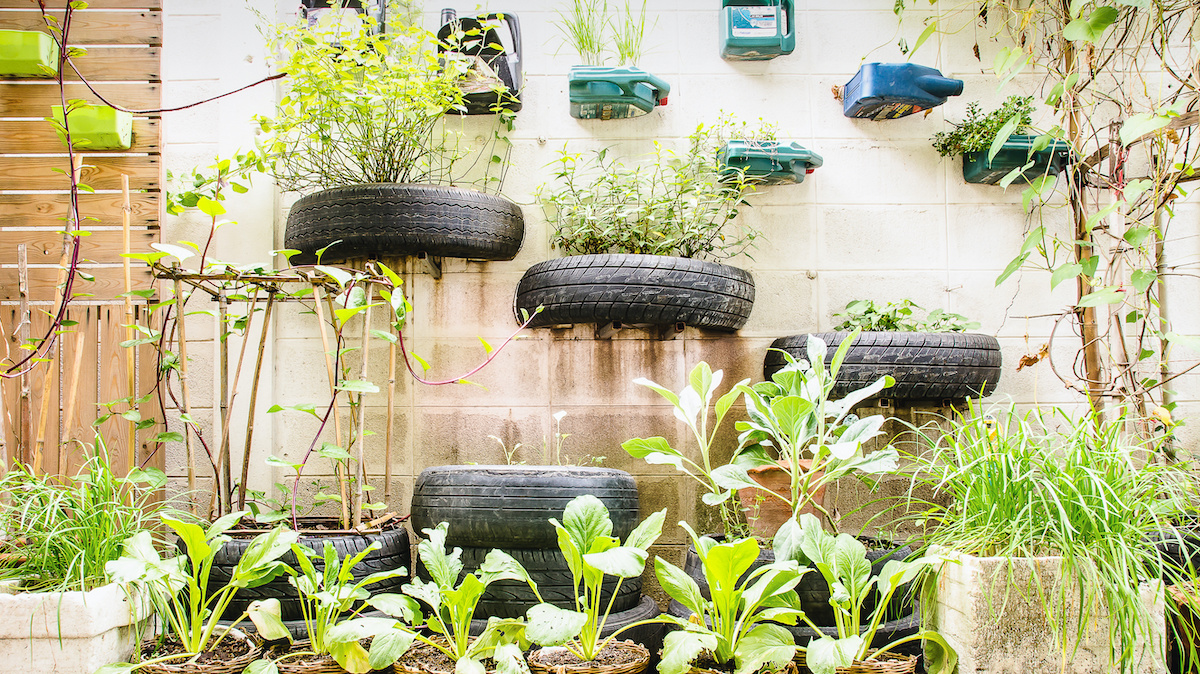

Articles
What Is Urban Garden
Modified: March 5, 2024
Discover the wonders of urban gardening. Learn what urban gardening is, how it benefits you and the environment, and get expert tips and advice on starting your own urban garden.
(Many of the links in this article redirect to a specific reviewed product. Your purchase of these products through affiliate links helps to generate commission for Storables.com, at no extra cost. Learn more)
Introduction
In today’s fast-paced and increasingly urbanized world, the desire to reconnect with nature and enjoy the benefits of gardening has led to the rise of urban gardening. Urban gardening is an innovative and sustainable approach to growing plants and vegetables in urban areas, where green spaces are limited and concrete dominates the landscape.
Urban gardens can be found in a variety of spaces, from small balconies and rooftops to community gardens and even abandoned lots. The beauty of urban gardening lies in its adaptability and ability to transform neglected spaces into vibrant and productive gardens.
But what exactly is urban gardening? In simple terms, it refers to the practice of growing plants, fruits, and vegetables in urban settings. It is a way for city dwellers to connect with nature and enjoy the many benefits of gardening, even without traditional large-scale outdoor spaces.
Key Takeaways:
- Urban gardening offers a sustainable and creative way for city dwellers to reconnect with nature, grow fresh produce, and contribute to a greener urban environment.
- Despite challenges like limited space and poor soil quality, urban gardening can thrive with water-wise practices, organic fertilization, and proactive pest management.
Read more: What Is Urban Planning?
Definition of Urban Garden
An urban garden, also known as a city garden or urban farming, refers to the cultivation of plants and the growing of vegetables, herbs, and fruits within urban areas, such as cities and towns. It is an innovative and creative solution to the challenges of limited space and accessibility to green areas in urban environments.
Urban gardens come in various forms, including rooftop gardens, vertical gardens, community gardens, and even indoor gardens. These gardens can be located on private properties, public spaces, or shared community areas, depending on the available resources and regulations in the specific urban setting.
The primary goal of urban gardening is to maximize limited space and transform urban landscapes into green and productive areas. It provides an opportunity for city dwellers to engage in sustainable and organic farming practices, cultivate fresh produce, and contribute to a healthier and more environmentally friendly community.
Urban gardens can serve multiple purposes, such as providing a source of fresh and nutritious food, beautifying the cityscape, improving air quality, promoting biodiversity, and creating social connections within the community. They not only bring nature closer to urban dwellers but also contribute to food security, self-sufficiency, and sustainability in urban areas.
In addition to its functional benefits, urban gardening also offers psychological and emotional advantages. It allows individuals to de-stress, find solace in nature, and develop a deeper connection with the environment. It can also provide a sense of pride and accomplishment as urban gardeners witness the growth and harvest of their own plants.
It’s important to note that urban gardening is not limited to traditional soil-based gardening. With advancements in technology and innovative techniques, hydroponics and aquaponics have become popular methods for growing plants in urban environments. These systems use water and nutrient solutions as a substitute for soil, making it possible to cultivate plants indoors or on vertical structures.
Benefits of Urban Gardening
Urban gardening offers a multitude of benefits, making it an attractive option for city dwellers looking to reconnect with nature and improve their quality of life. Here are some of the key advantages of urban gardening:
- Access to fresh and nutritious food: One of the primary benefits of urban gardening is the ability to grow your own food. By cultivating fruits, vegetables, and herbs in your urban garden, you have access to fresh, organic produce that is free from pesticides and other harmful chemicals. This not only promotes a healthier diet but also reduces your reliance on store-bought produce, which often travels long distances and may lose nutritional value over time.
- Environmental sustainability: Urban gardening plays a significant role in promoting sustainability and reducing the carbon footprint. By growing food locally, you minimize transportation emissions associated with the importation of produce. Additionally, urban gardens contribute to improved air quality by absorbing carbon dioxide and other pollutants, acting as natural air purifiers in urban areas.
- Stress reduction and mental well-being: Engaging in gardening activities has been proven to reduce stress levels and improve overall mental well-being. The act of planting, nurturing, and harvesting plants provides a sense of accomplishment and satisfaction. The connection with nature and the physical activity involved in gardening can also promote relaxation, mindfulness, and a feeling of serenity amidst the hustle and bustle of city life.
- Community building: Urban gardening can foster a sense of community and social connection. Community gardens provide a space for individuals from diverse backgrounds to come together, share knowledge, collaborate, and build relationships. It encourages interaction between neighbors and creates a supportive environment where gardening tips, resources, and surplus produce can be shared.
- Increased biodiversity: Urban gardens have the potential to increase biodiversity by providing habitats for various insects, birds, and other small animals. By creating inviting environments with a variety of plants and flowers, urban gardeners contribute to the conservation of beneficial insects and pollinators, which are essential for the reproduction of many plant species.
These are just a few of the many benefits of urban gardening. Whether you are looking to improve your diet, reduce your environmental impact, find a peaceful retreat, or strengthen community bonds, urban gardening offers an array of positive outcomes for both individuals and the urban environment as a whole.
Types of Urban Gardens
Urban gardens come in a variety of forms, each tailored to fit the unique needs and constraints of urban environments. Here are some popular types of urban gardens:
- Container gardens: Container gardens are perfect for small spaces like balconies, patios, or windowsills. Plants are grown in containers such as pots, planters, or hanging baskets. This type of garden is highly flexible, allowing you to move the containers for optimal sunlight or to accommodate limited space.
- Rooftop gardens: Rooftop gardens utilize the rooftop space of buildings to create green oases in urban areas. These gardens often require structural modifications to support the weight of soil, plants, and water systems. Rooftop gardens offer the added benefit of insulation, reducing energy consumption and providing a natural habitat for birds and insects.
- Community gardens: Community gardens are shared spaces where multiple individuals or families come together to cultivate plants. These gardens promote community bonding, knowledge sharing, and the opportunity to grow a wider variety of plants. Community gardens can be found in parks, public spaces, or shared plots of land within residential areas.
- Vertical gardens: Vertical gardens, also known as living walls or green walls, are designed to grow plants vertically on walls or freestanding structures. They are an ideal solution for urban areas with limited horizontal space. Vertical gardens can be created using a variety of materials, such as trellises, modular systems, or specially designed containers that allow plants to grow vertically.
- Indoor gardens: Indoor gardens are perfect for urban dwellers without access to outdoor spaces. These gardens utilize indoor areas such as windowsills, countertops, or dedicated grow lights to cultivate plants. Indoor gardens often make use of hydroponics or aquaponics systems, which allow for year-round cultivation.
These types of urban gardens are not mutually exclusive, and many urban gardeners combine different approaches to maximize their gardening space and diversity of plants. The type of urban garden you choose will depend on factors such as available space, sunlight exposure, local regulations, and personal preferences.
How to Start an Urban Garden
Starting an urban garden may seem daunting, especially if you have limited space or no prior gardening experience. However, with the right approach and a bit of creativity, anyone can create a thriving urban garden. Here are some steps to help you get started:
- Assess your space: Begin by assessing the available space you have for your urban garden. Consider factors such as sunlight exposure, access to water, and any constraints or limitations you may have. This will help you determine the type of garden that is most suitable for your space.
- Start small: If you are new to gardening, it is best to start small and gradually expand your garden as you gain experience and confidence. Consider starting with a few containers or a small raised bed before expanding to other types of gardens.
- Choose the right plants: Select plants that are well-suited to your climate, available sunlight, and gardening goals. Consider factors such as the size of your space, whether you want to grow vegetables or ornamental plants, and your gardening preferences.
- Prepare the soil or growing medium: Depending on the type of garden you choose, you may need to prepare the soil or growing medium. Use high-quality potting soil for container gardens or consider using specialized soil mixes for vertical gardens or indoor gardens. Ensure the soil or growing medium is loose, well-draining, and nutrient-rich.
- Provide adequate sunlight: Most plants require at least six hours of direct sunlight a day. Assess your available sunlight and position your garden accordingly. If you have limited sunlight, consider plants that thrive in shade or invest in artificial grow lights for indoor gardens.
- Water regularly: Proper watering is essential for the success of your urban garden. Be diligent in watering your plants, ensuring they receive adequate moisture without becoming waterlogged. Consider using a drip irrigation system or self-watering containers to simplify watering tasks and conserve water.
- Maintain the garden: Regular maintenance is key to the health and productivity of your urban garden. This includes tasks such as pruning, fertilizing, managing pests, and harvesting. Stay on top of these tasks to ensure the longevity and success of your garden.
- Continue learning and experimenting: Gardening is a continuous learning process. Stay curious and open to new techniques and ideas. Experiment with different plants, growing methods, and gardening strategies to find what works best for your urban gardening space.
Remember, starting an urban garden is an exciting journey that allows you to connect with nature, produce your own food, and contribute to a greener urban environment. Enjoy the process, be patient with your plants, and celebrate the small victories along the way.
Urban gardening refers to the practice of growing plants in an urban environment, such as on rooftops, balconies, or in community gardens. It’s a great way to connect with nature and produce fresh, healthy food in a city setting.
Read more: Best Garden Kits for Your Urban Home
Challenges of Urban Gardening
While urban gardening brings numerous benefits, it is not without its challenges. Understanding and addressing these challenges is crucial for the success of your urban garden. Here are some common challenges of urban gardening and tips for overcoming them:
- Limited space: Urban environments often present limited gardening space, making it essential to maximize every square inch. Opt for compact plants, utilize vertical gardening techniques, and make use of containers to grow plants in small areas. Consider joining a community garden if you don’t have enough space at home.
- Poor soil quality: Urban soils can be contaminated or lacking in nutrients. Conduct a soil test to determine the quality of your soil and make necessary amendments to improve its fertility. Additionally, consider using raised beds or container gardens with high-quality soil to bypass the issues associated with poor soil quality.
- Insufficient sunlight: Depending on your location, buildings, tall trees, or other structures may block sunlight from reaching your garden. Choose plants that can tolerate shade or partial shade. Utilize reflective surfaces, such as white walls or mirrors, to maximize the available sunlight. Consider vertical gardening techniques to position plants in the sunniest spots.
- Water scarcity: Access to water can be limited in urban areas. Implement water-saving strategies such as using a drip irrigation system, collecting rainwater, or using self-watering containers. Mulching the soil can help retain moisture and reduce the frequency of watering. Consider drought-tolerant plants that require less water.
- Pollution and contaminants: Urban environments may have higher levels of air and soil pollution. Choose plants that are known to be tolerant of pollution, and consider installing air filter systems or using natural air purifying plants indoors. Use organic gardening practices and avoid using harmful chemical fertilizers or pesticides.
- Pest and disease management: Urban gardens are not immune to pests and diseases. Implement preventive measures such as regular inspection, removing infested plants, and practicing good garden hygiene. Encourage beneficial insects like ladybugs and lacewings to control pests naturally. Consider using organic pest control methods and companion planting techniques.
- Local regulations: Be aware of any local regulations or restrictions related to urban gardening. Some areas may have restrictions on the types of plants you can grow, the height of structures, or the use of pesticides. Ensure you comply with the rules and seek necessary permits if required.
Although urban gardening presents challenges, with careful planning, creativity, and proactive problem-solving, these obstacles can be overcome. Embrace the learning process, adapt to the unique circumstances of urban gardening, and relish the rewards of cultivating your own green oasis in the heart of the city.
Best Plants for Urban Gardens
When it comes to choosing plants for your urban garden, it’s important to consider the specific conditions of your space, such as available sunlight, soil quality, and the size of your garden. Here are some plant recommendations that are well-suited for urban gardens:
- Leafy greens: Plants like lettuce, spinach, kale, and Swiss chard are excellent choices for urban gardens, as they are fast-growing and can be harvested multiple times. They also adapt well to containers and do not require a large amount of space.
- Herbs: Herbs are perfect for urban gardens due to their compact size and ability to thrive in containers. Consider planting herbs like basil, parsley, chives, mint, and rosemary. They not only add flavor to your culinary creations but also provide a delightful aroma in your garden.
- Tomatoes: Compact or determinate varieties of tomatoes are well-suited for urban gardens. Look for varieties like “Patio” or “Celebrity” that are specifically bred for containers. Tomatoes grown in containers tend to produce a bountiful harvest and offer delicious homegrown flavor.
- Peppers: Peppers, whether sweet or hot, are another excellent choice for urban gardens. Compact varieties like “Jalapeno,” “Cubanelle,” or “Cayenne” can be grown in containers and provide abundant yields.
- Microgreens: Microgreens are the young, tender shoots of vegetables and herbs that are harvested when they are only a few inches tall. These nutrient-packed greens can be grown indoors with minimal space and provide a quick and delicious addition to salads, sandwiches, or smoothies.
- Flowers: Adding flowers to your urban garden not only enhances its beauty but also attracts beneficial insects like bees and butterflies. Choose compact flowers such as marigolds, pansies, petunias, and zinnias that are suitable for containers or small garden beds.
- Vertical climbers: Take advantage of vertical space by growing climbers like beans, peas, cucumbers, or small melons. These plants can be trained to grow on trellises, fences, or other support structures, maximizing your garden’s productivity without taking up valuable ground space.
- Succulents: If you have limited sunlight or want to create an indoor garden, succulents are an excellent choice. These water-efficient plants come in a variety of shapes, colors, and sizes and require minimal maintenance.
Remember to select plants that are suitable for your growing conditions and personal preferences. Consider the time you can dedicate to maintenance, the amount of sunlight your garden receives, and the space available. With a well-chosen selection of plants, your urban garden will flourish and provide you with fresh and rewarding harvests.
Tips for Maintaining an Urban Garden
Maintaining an urban garden requires regular care and attention to ensure healthy plant growth and a thriving garden. Here are some essential tips to help you maintain your urban garden:
- Water wisely: Ensure your plants receive adequate water, but avoid overwatering, as it can lead to root rot and other issues. Water your plants deeply and consistently, allowing the soil to dry out slightly between waterings. Consider using drip irrigation systems or self-watering containers to simplify watering tasks and conserve water.
- Fertilize regularly: Urban gardens can benefit from regular fertilization to replenish nutrients in the soil. Use organic fertilizers or compost to nourish your plants. Follow the recommended application rates and frequencies for different plants, avoiding over-fertilization, which can damage plants and harm the environment.
- Prune and trim: Regularly prune and trim your plants to remove dead or diseased branches, promote healthy growth, and maintain an aesthetically pleasing shape. Pruning also allows for increased airflow and reduces the risk of fungal diseases.
- Manage pests naturally: Monitor your plants for pests and take prompt action to prevent infestations. Use organic pest control methods such as handpicking pests, introducing beneficial insects like ladybugs or lacewings, or using natural remedies like neem oil or insecticidal soap. Avoid using harmful chemical pesticides that can harm beneficial insects and pollute the environment.
- Harvest regularly: Harvest your fruits, vegetables, and herbs regularly to encourage continuous production and prevent overcrowding. Harvesting at the right time ensures optimal flavor and quality. Use sharp and clean tools to avoid damaging plants and spread diseases.
- Mulch the soil: Apply a layer of organic mulch, such as straw or wood chips, around the base of your plants. Mulching helps retain moisture, suppresses weeds, and regulates soil temperature. It also adds organic matter to the soil as it breaks down over time.
- Provide support: Many plants in urban gardens, such as tomatoes or climbers, benefit from support structures like trellises, stakes, or cages. Proper support prevents plants from toppling over, improves air circulation, and optimizes sunlight exposure.
- Stay vigilant: Regularly inspect your plants for signs of disease, nutrient deficiencies, or other issues. Catching and addressing problems early can prevent further damage and allow for timely intervention.
- Continued learning: Gardening is a continuous learning process. Stay curious and invest time in expanding your gardening knowledge. Stay updated on new techniques, innovative tools, and plant varieties suited for urban gardens. Join gardening groups, attend workshops, or explore online resources to deepen your understanding and share experiences with other gardeners.
By following these maintenance tips, you can ensure that your urban garden thrives and provides you with a bountiful harvest throughout the growing season. Enjoy the process of nurturing your plants and reap the rewards of a beautiful and productive urban garden.
Success Stories of Urban Gardening
Urban gardening has gained popularity worldwide, and many inspiring success stories showcase the positive impact of these green initiatives in urban environments. Here are a few notable success stories of urban gardening:
- The High Line in New York City: The High Line is a prime example of urban gardening transforming abandoned urban space into a thriving public park. What was once an elevated railway track is now a lush 1.5-mile-long garden, showcasing a diversity of plants, trees, and flowers. It has become a popular attraction and a green haven for both locals and tourists alike.
- The Edible Bus Stop in London: The Edible Bus Stop is a community gardening project that transformed neglected bus stops into vibrant and edible gardens in various locations across London. These gardens not only beautify the urban landscape but also provide fresh produce for the community. The project sparked interest and participation from local residents, fostering a sense of pride and community involvement.
- The Incredible Edible movement in Todmorden, UK: In the town of Todmorden, the Incredible Edible movement has taken urban gardening to another level. The community has transformed public spaces, including school grounds, railway stations, and even cemetery grounds, into productive gardens. These gardens are open to the public, and the produce grown is freely available for anyone to harvest. The movement has not only improved access to fresh food but also brought the community together in a shared vision of food security and sustainability.
- The Rooftop Gardens of Singapore: As a densely populated city with limited land, Singapore has turned to rooftop gardening as a solution. Many buildings now house rooftop gardens, where a wide variety of fruits, vegetables, and herbs are grown. These gardens not only provide fresh produce but also act as insulation, reducing energy consumption and mitigating the heat island effect in the city.
- The Lufa Farms in Montreal, Canada: Lufa Farms is an innovative urban farming project that utilizes commercial rooftops to grow vegetables hydroponically. By utilizing unused rooftop space, Lufa Farms has created a sustainable model of urban agriculture. They deliver fresh produce directly to consumers through a subscription-based program, reducing food miles and providing the community with access to locally grown food.
These success stories demonstrate the transformative power of urban gardening. They inspire individuals and communities to reimagine urban spaces, promote sustainability, and reconnect with nature in the midst of bustling cities. Urban gardens not only beautify the environment but also foster community engagement, social interaction, and food self-sufficiency.
We can draw inspiration from these success stories and create our own urban gardening triumphs, contributing to a greener and more sustainable future for our cities.
Conclusion
Urban gardening offers a creative and sustainable solution for individuals seeking to reconnect with nature and enjoy the benefits of gardening in urban environments. Despite limited space and other challenges, urban gardens have the potential to transform neglected spaces into vibrant and productive green havens.
Through container gardens, rooftop gardens, vertical gardens, and community gardens, urban dwellers can grow their own fresh and nutritious food while beautifying the cityscape. The benefits of urban gardening extend beyond personal enjoyment to include environmental sustainability, stress reduction, community building, increased biodiversity, and improved access to fresh produce.
Starting an urban garden requires careful planning, considering factors such as available space, sunlight exposure, and water access. By choosing the right plants, providing proper care and maintenance, and staying connected with the urban gardening community, anyone can create a successful urban garden.
While urban gardening does present challenges, such as limited space, poor soil quality, and pest management, these obstacles can be overcome with creativity and proactive problem-solving. Through water-wise practices, organic fertilization, regular pruning, and natural pest control methods, your urban garden can thrive.
The success stories of urban gardening, from the High Line in New York City to the Edible Bus Stop in London, serve as inspiration for individuals and communities looking to make a positive impact in their urban environments. These stories demonstrate the power of urban gardening to transform spaces, foster community involvement, and promote sustainability.
In conclusion, urban gardening is more than just a hobby. It is a way for city dwellers to connect with nature, improve their well-being, and contribute to a greener and more sustainable urban landscape. So whether you have a small balcony, a rooftop, or access to a community garden, embrace the opportunity to cultivate your own urban oasis and enjoy the numerous benefits that urban gardening has to offer.
Frequently Asked Questions about What Is Urban Garden
Was this page helpful?
At Storables.com, we guarantee accurate and reliable information. Our content, validated by Expert Board Contributors, is crafted following stringent Editorial Policies. We're committed to providing you with well-researched, expert-backed insights for all your informational needs.
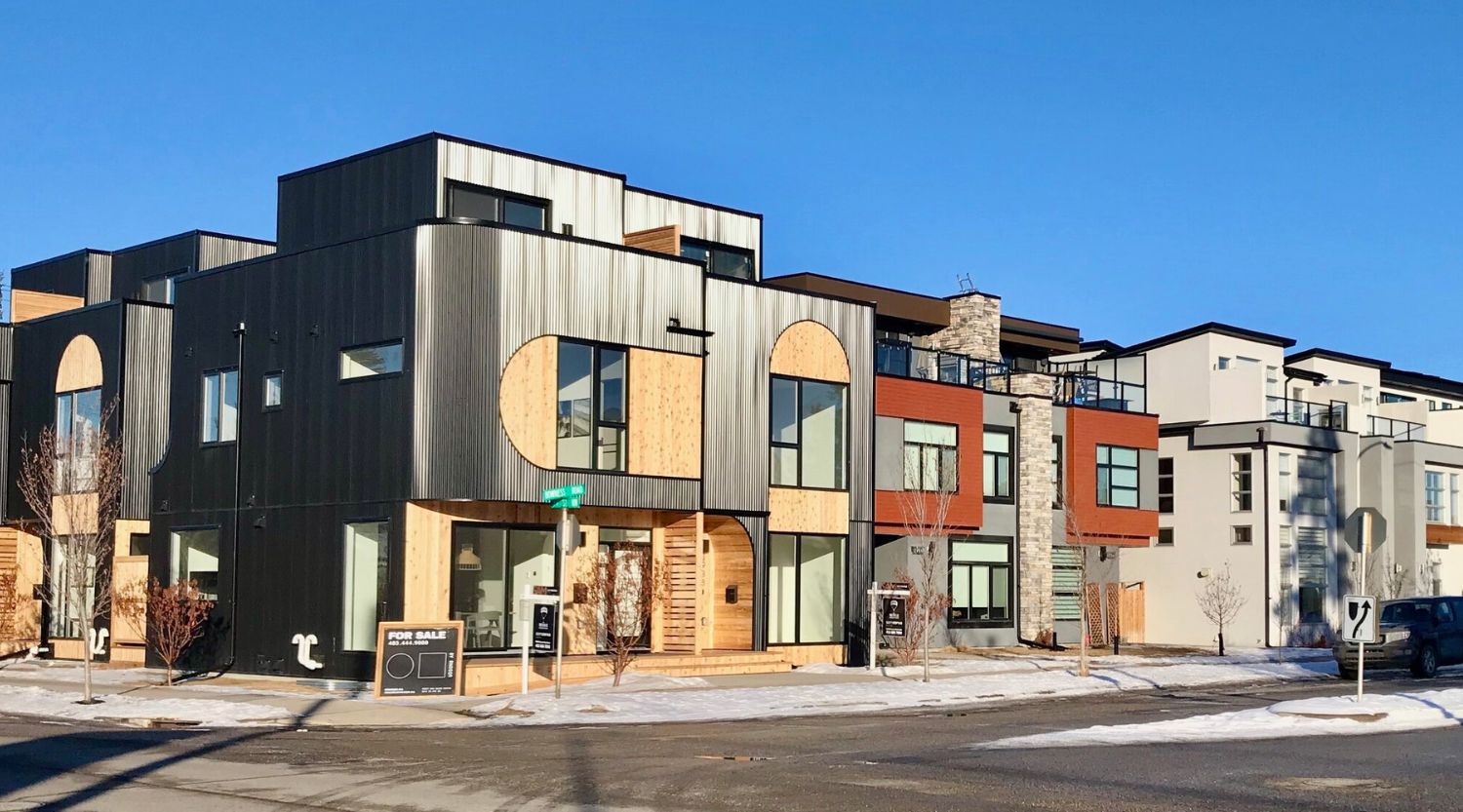
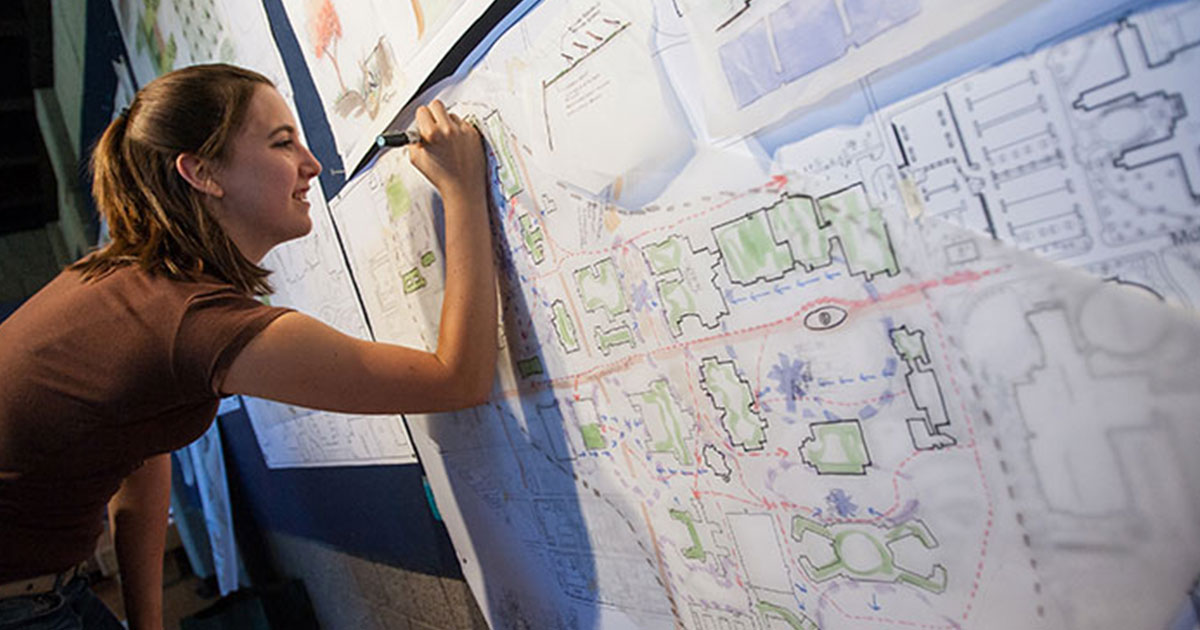
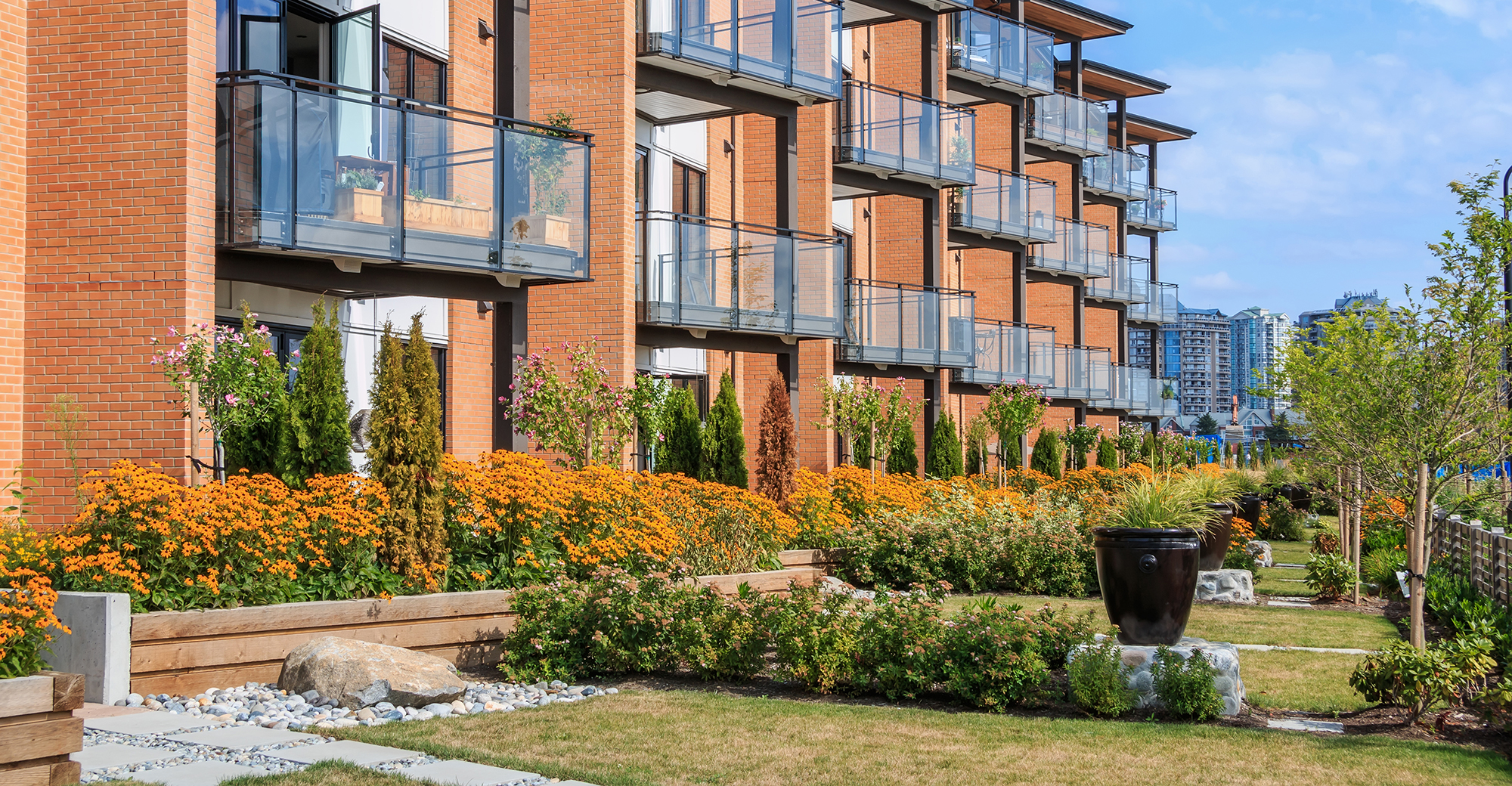
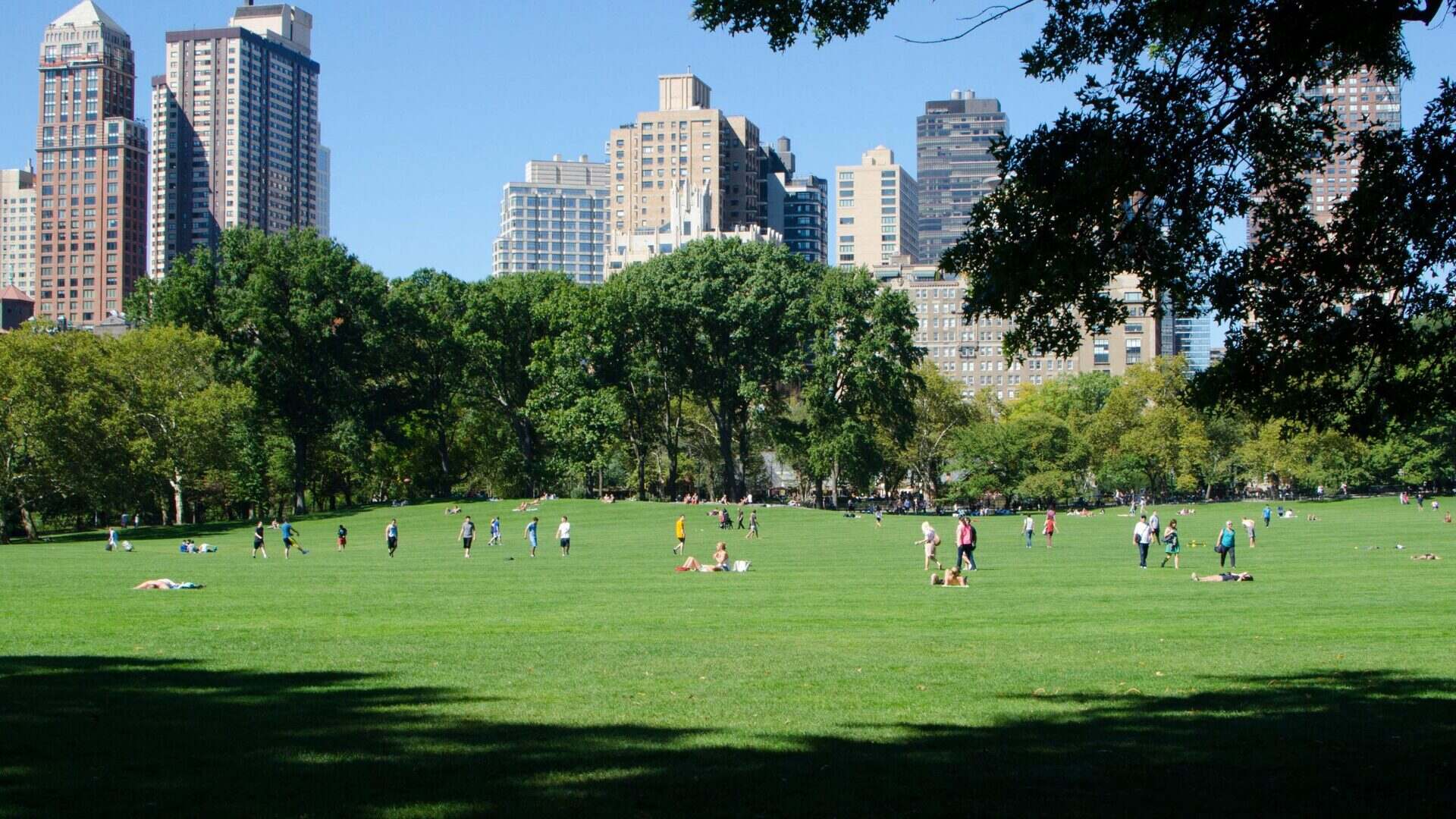


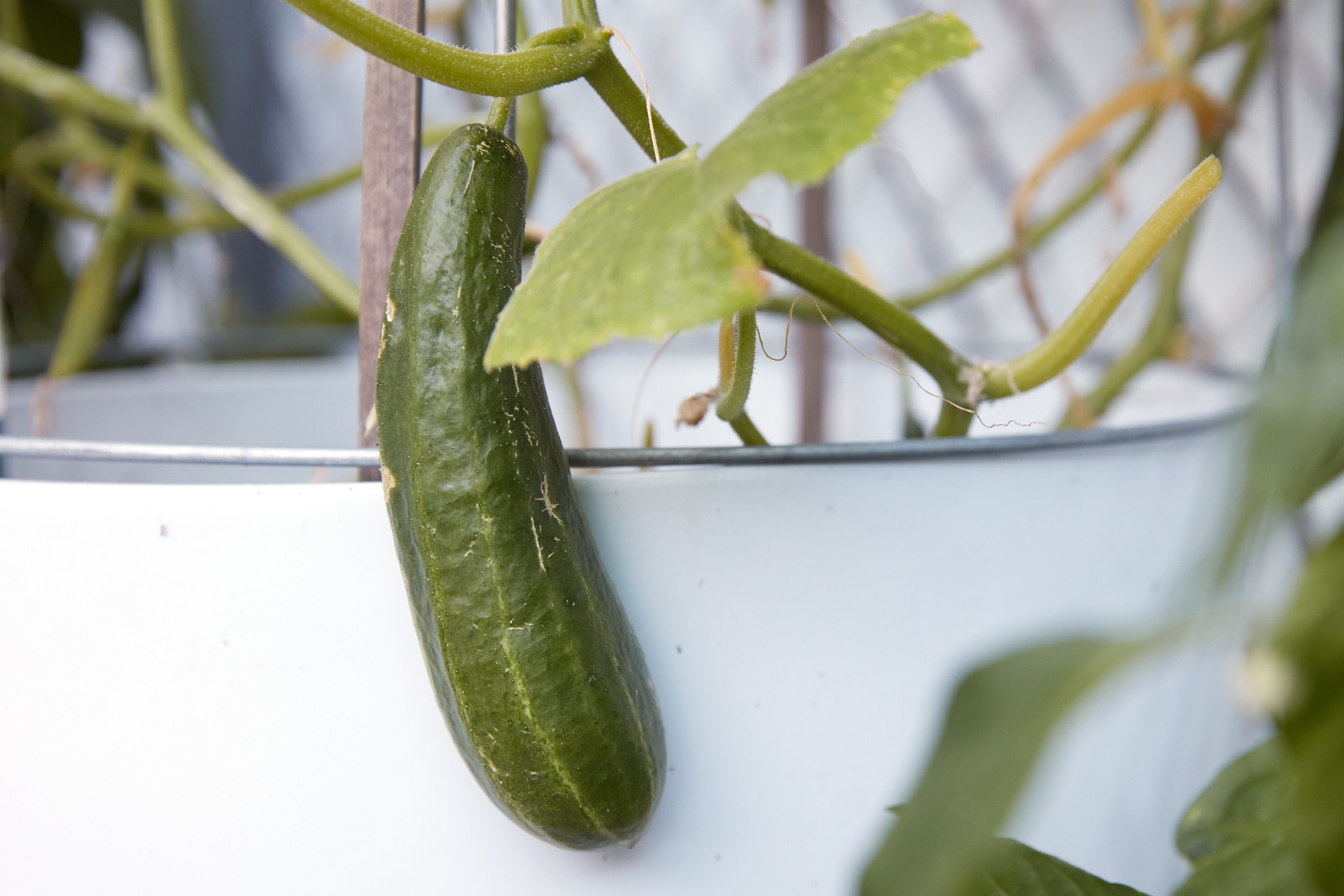
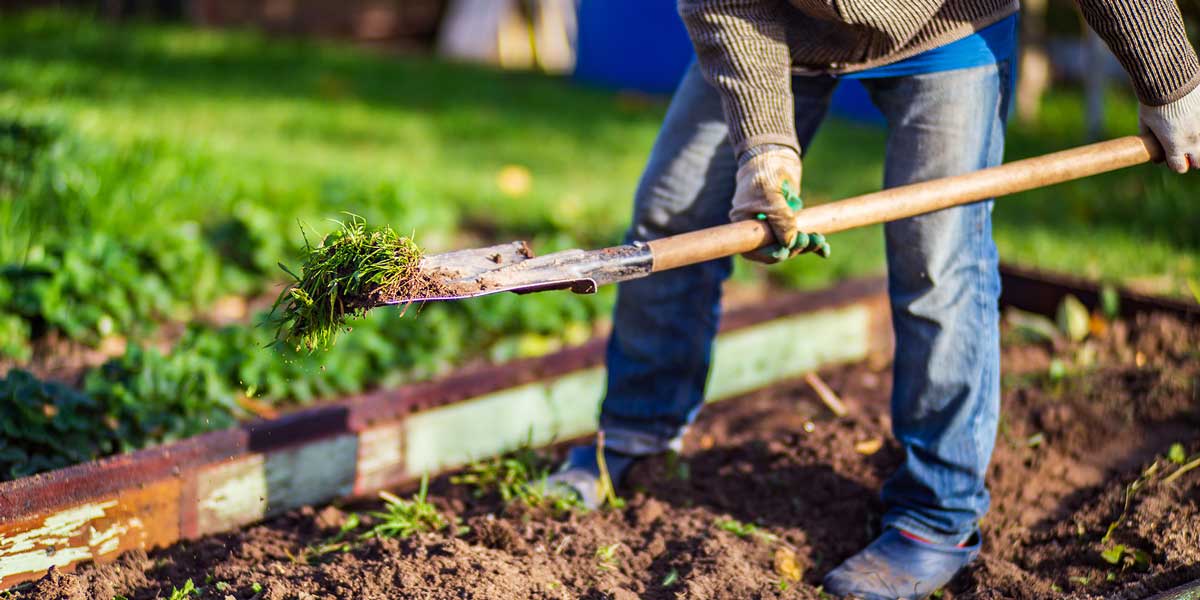

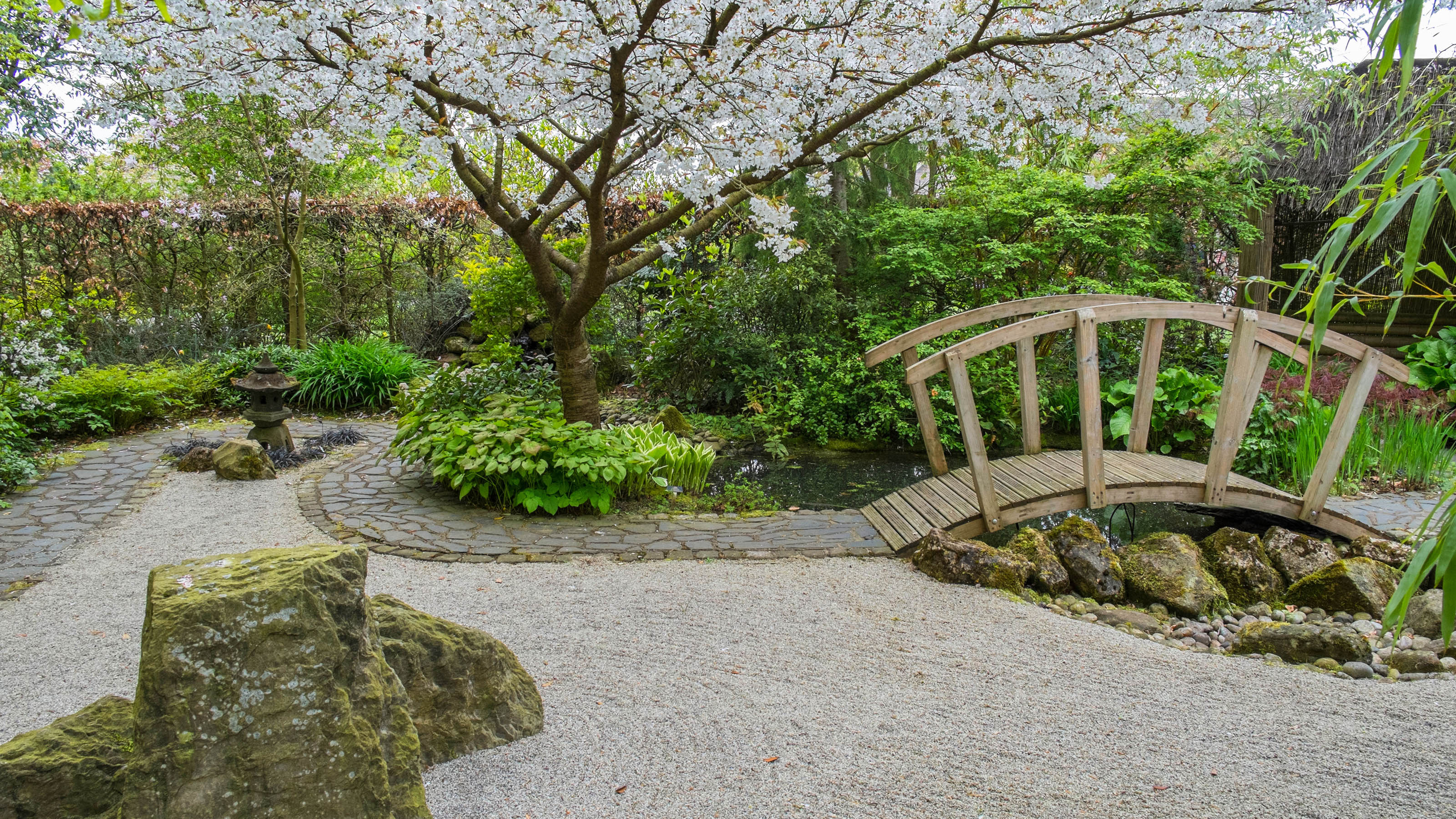
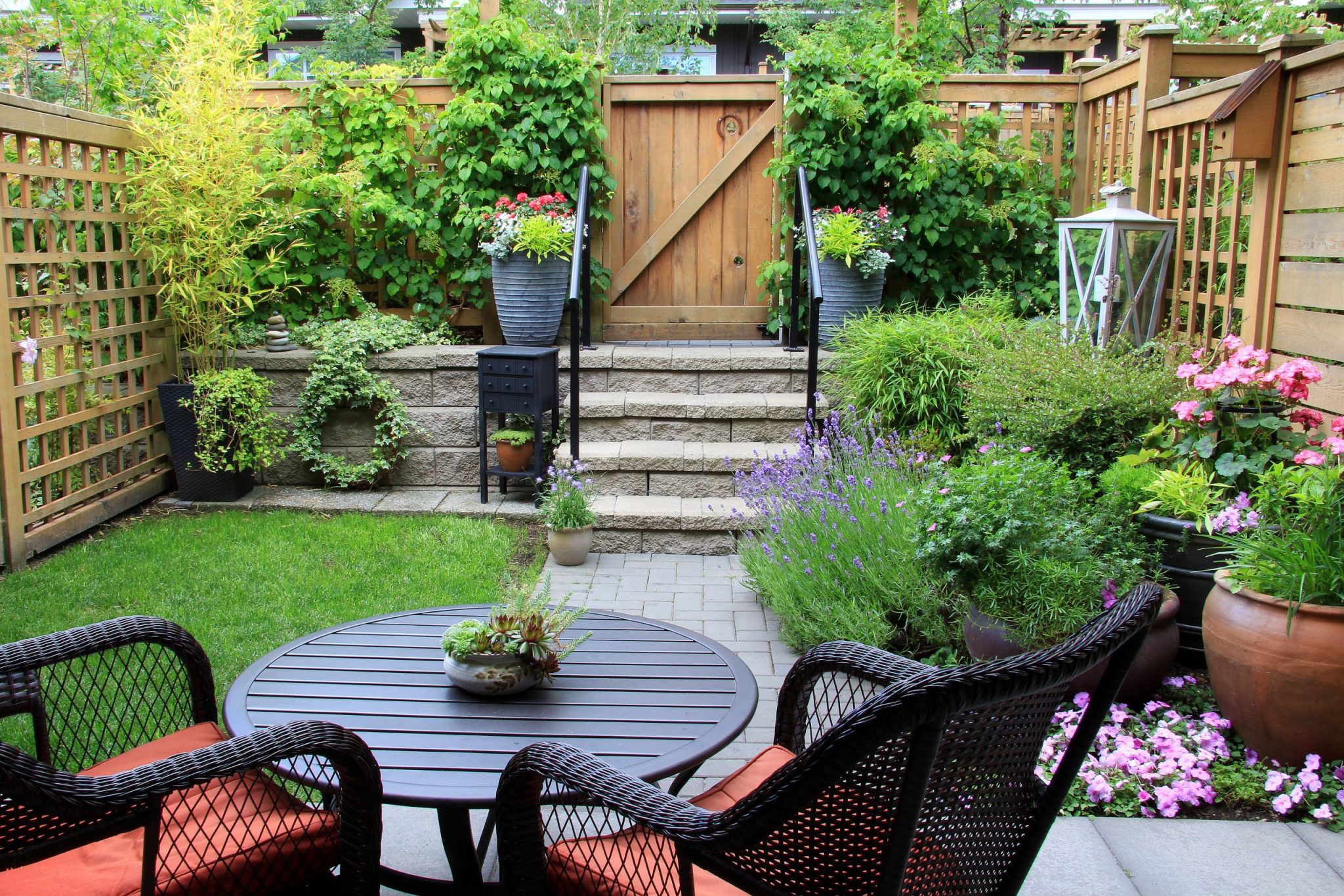
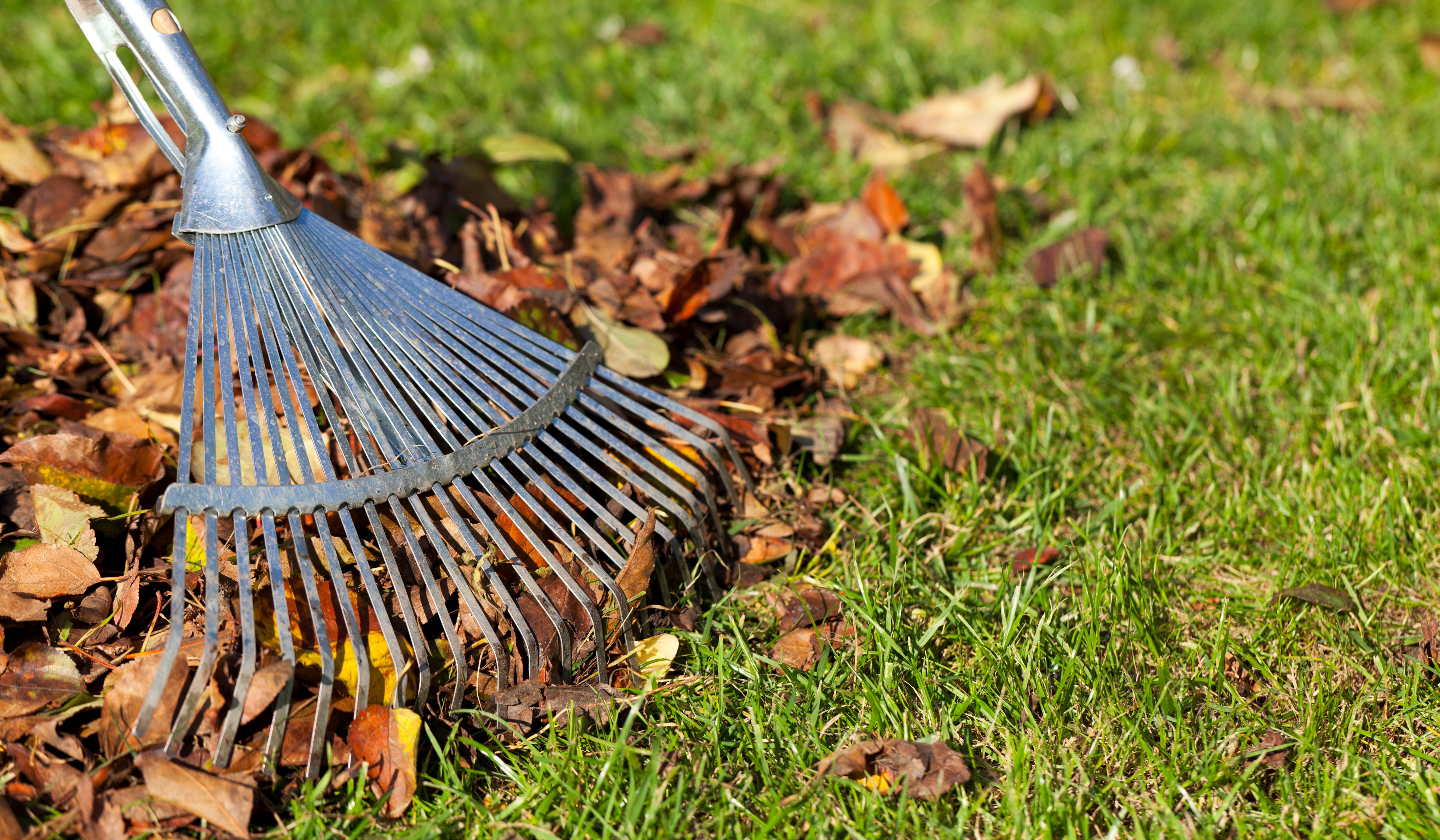
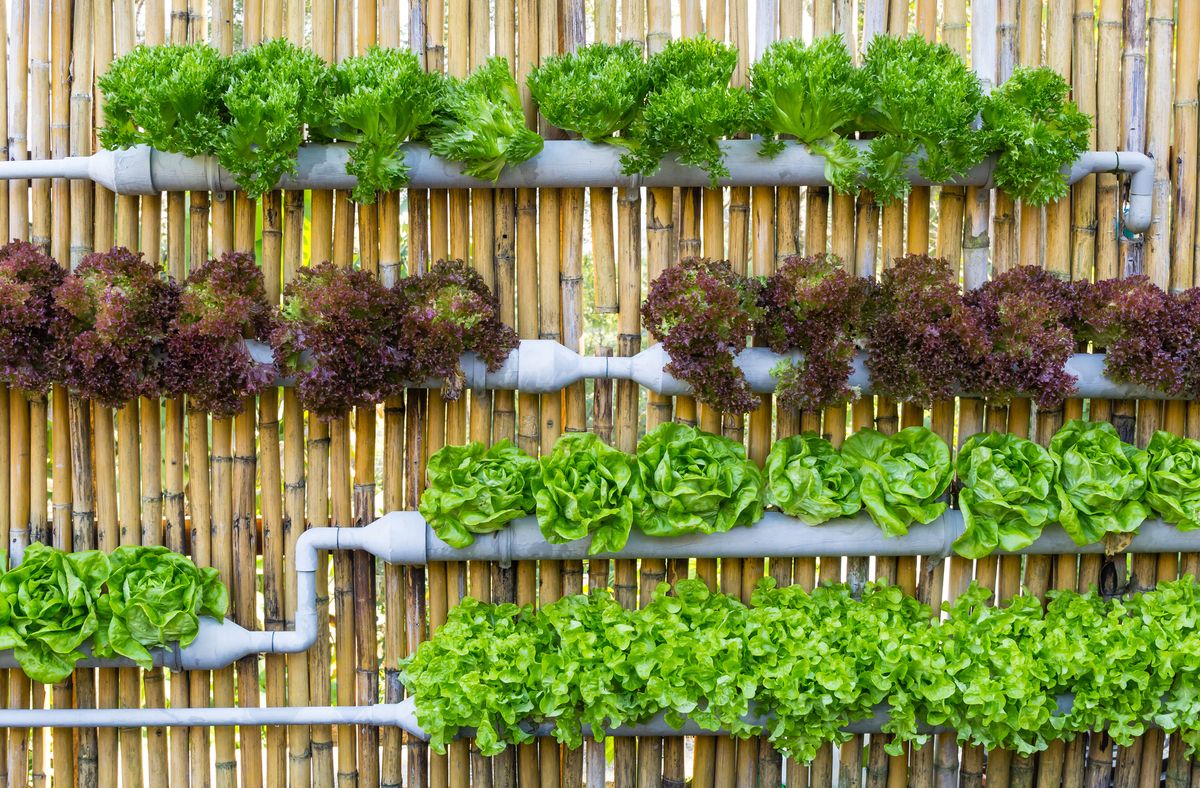

0 thoughts on “What Is Urban Garden”